My fourth year on the allotment has whooshed by and during the very wet start to winter I popped down on a couple of dry and sunny days over the last fortnight. As a wildlife allotment it’s a careful balance now of leaving the ornamentals while clearing other plants to begin the process of making compost, which is, let’s face it, one of the best activities ever!
Shed heaven a herbal haven

Last winter was the grand arrival of my potting shed, though the only potting going on in it has been tea brewing as I mainly use it for shelter and storage. Next year I might add some cacti and keep potted chillis in it. Having somewhere to escape rain showers and to shuffle seed packets has been worth every penny. I’ll probably top up the paint on a dry week this winter.
In front you can see my herb garden which originally felt luxuriously large but already feels quite small… I have around thirty different herbs growing in here that are now established so not only productive, it will also be very beautiful next year. It was this summer, when the chamomile, thyme, chives and rosemaries were in flower.
Compost is a beautiful thing

I find making compost one of the most wholesome, rewarding activities. Good for the environment because you feed the soil and organisms in it, lock carbon back in the ground naturally and reduce transport of supplement compost. The front pile will be ready in spring but is already looking crumbly. In the background you can see how high this pile was last winter before rotting down. Trouble is, there’s never enough for edibles!
One day I’ll probably invest in a shredder however I find even canes of raspberries and tougher items such as sweetcorn stems rot after a year. I prefer my compost slightly chunky to give it bulk when added to the sandy soil. So far I am very pleased with this first batch from my new compost bays added earlier this year. I turned it once in summer and a second time this week.
The decomposition process is amazing, the large pile of material in the second bay was added over the last month and has already sunk by about 30cm. A benefit of growing so many dahlias is that they make fantastic composting material with their mix of woody stems and lush foliage.
Brassicas
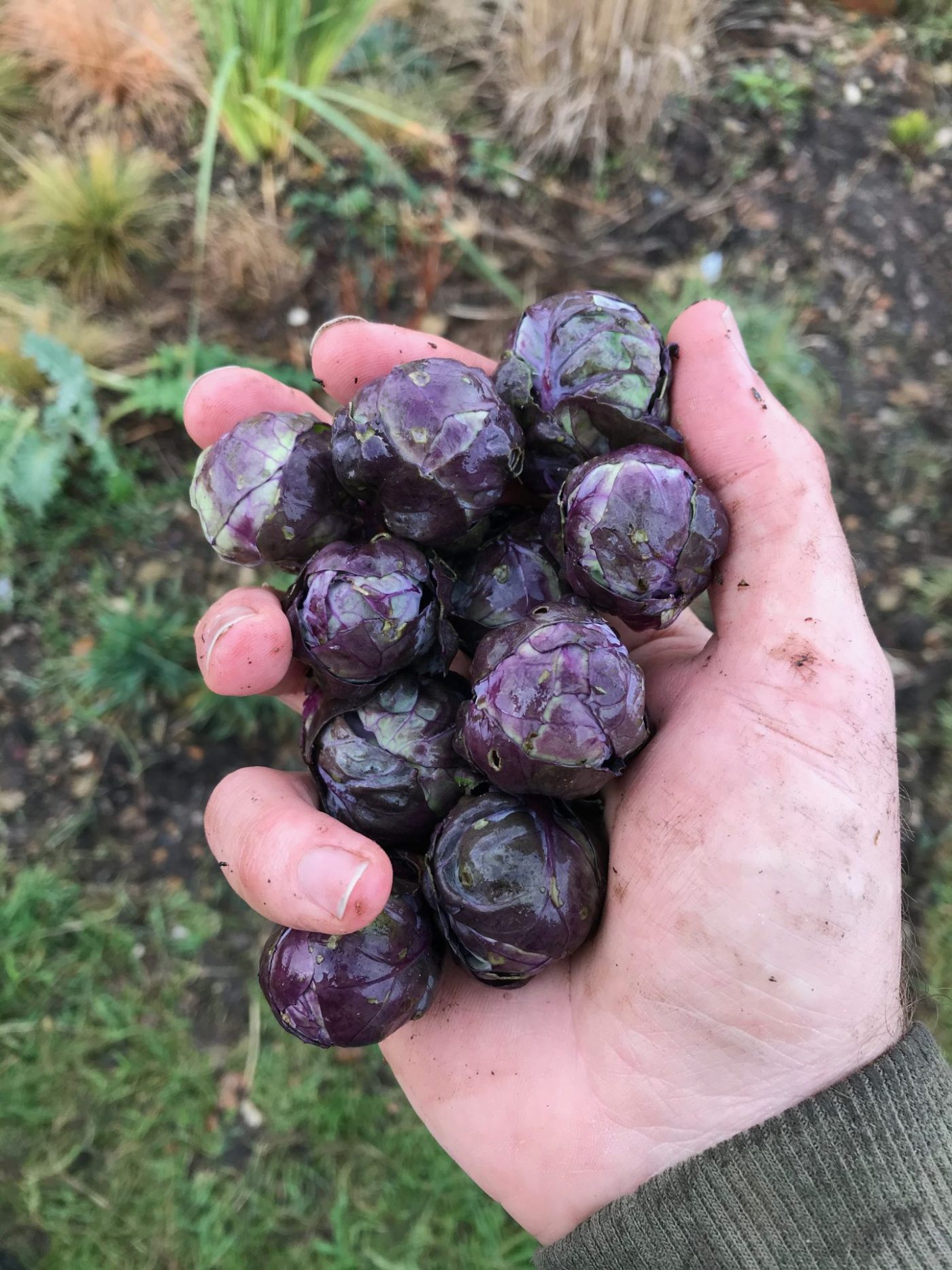
Brussels Sprouts ‘Rubine’ 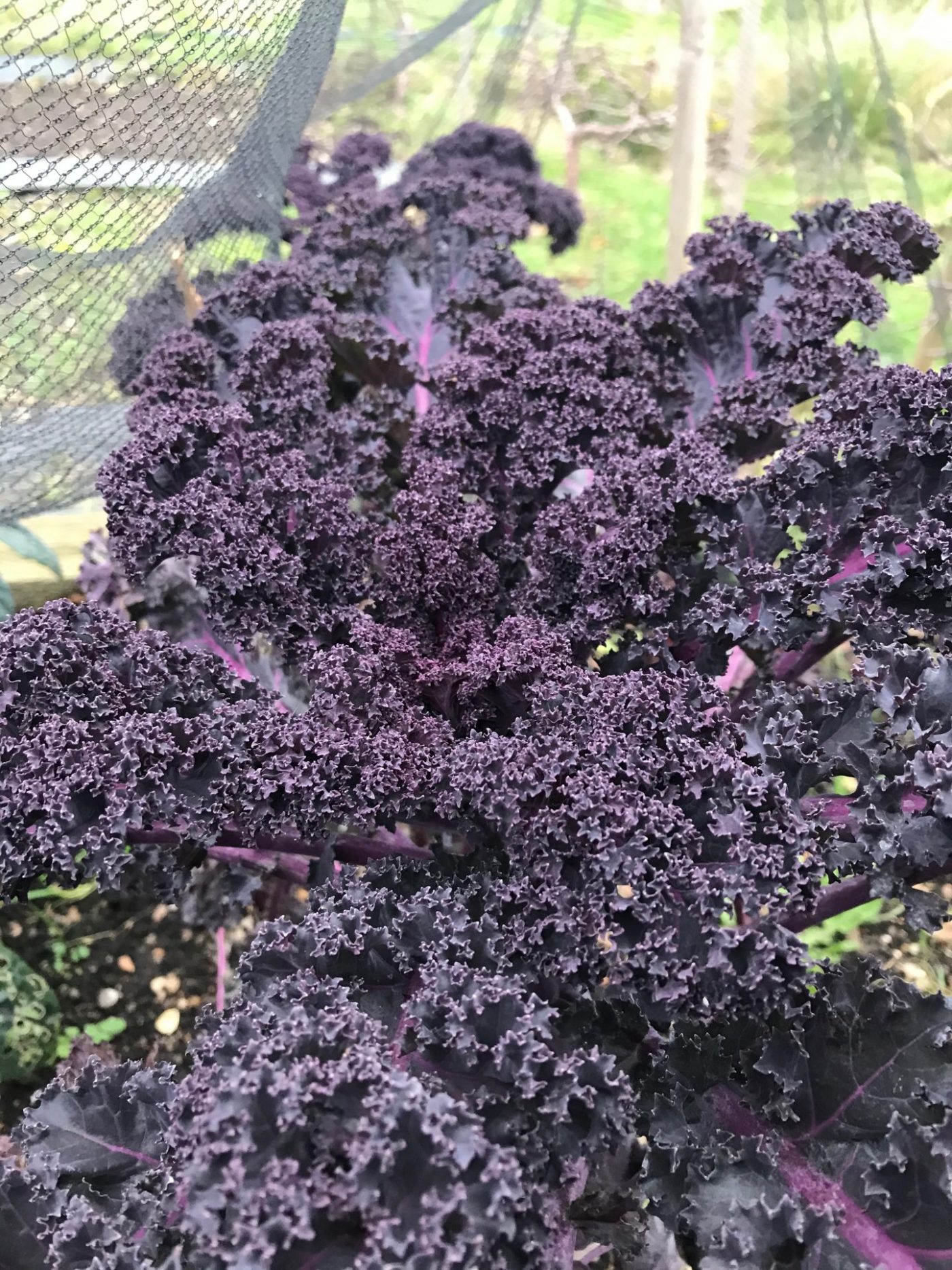
There is still a strong purple theme to my brassicas again this year, I find the colour uplifting on the plot, especially in dreary winter. My Brussels sprouts have done well, in both green and purple varieties. The green ones aren’t ready quite yet but the ‘Rubine’ purples are ready just in time for Christmas! The outer leaves always get a little nibbled in early winter but they’re easy to peel off.

I’ve grown three different kales this year, ‘Scarlet’, ‘Nero di Toscano’ and ‘Red Devil’ (all shown above). I have to say, I really am done with the curly kale. It tastes as good as the rest and looks the most beautiful but it’s time wasting when coming to prep it, making sure no slugs, snails or whitefly are hiding in it.
It’s been a good year for brassicas, they always do well for me on my allotment in general. I have some nice baby cabbages to come as well as the Brussels and kale, plus sprouting broccoli in spring. Earlier in the year kohlrabi too.
Jerusalem artichokes

I love the flavour of Jerusalem artichoke, it’s one of those rare and unusual tastes like truffle that elevate a meal from delicious to super-delicious. They’ve also turned out to be the single easiest crop to grow this year, except perhaps for stinging nettles and horseradish which are among the two most prevalent weeds for me. I planted a pack of ‘Fuseau’ bought from Sainsbury’s for a quid or something and did nothing to them whatsoever, not even watering in the height of summer. They grew, flowered and on digging up I’m finding almost a bucket of tubers per plant. These are beasts!
Some people may find the idea of a sun flower producing tubers surprising, and I suppose it is when we’re most familiar with those grown by seed. Sunflowers are in the Helianthus genus and the botanical name for these is Helianthus tuberosus, showing that botanical names offer clues to the plant’s growth habit or structure. The tubers aren’t too dissimilar to Dahlia tubers either, which are in the same plant family (Asteraceae the daisy family). Jerusalem artichoke tubers are more brittle however, snapping off the plant easily – watch out for any left in the ground! Seeing how vigorous they are, you don’t want to leave any spare tubers for next year, unless you’re looking to introduce a new super weed to your plot.
Encouraging wildlife
I was really pleased to see this week that something has been eating the seeds from sunflower heads.
Over the few years around my wildlife pond, which attracts frogs and newts (above), I’ve been nurturing a mini meadow. Allowing the grass and weeds to grow, seeing what happens. I mowed it in late winter and then in late summer and again in autumn, removing clippings in the hope of gradually weakening the grass. The idea here is to see what wild flowers from the local area will self-seed and grow, hopefully increasing the flower quotient, all to help insects. This summer it was mostly grass… I have planted some Gladiolus x byzantinus but other than that, I only want local native flowers. Near to my allotment are lots of wildflower patches, and these pop up on my plot, so I know they’re here.
So far there is a Centaurea nigra in one corner and a few dandelions. I gave the Centaurea a helping hand by sprinkling its seeds in the right direction, and did the same with a wild carrot, Daucus carota, growing two metres away from the mini meadow. I did sow seeds of yellow rattle – the grass suppressor- last year but I can see no sign that any have grown, I’ll try plugs in spring.
Junk

On my plot when I took it on I found an inordinate amount of junk: metal, glass, carpet, lino and worst, huge amounts of plastic that is now brittle, crumbling into the soil and polluting it.
No one helps me on my allotment, it is just me (don’t wheel out the violin, this is intentional) and I don’t have a car, so the possibility of my carrying all of this heavy stuff 100m to the road and taking it to a tip is low. However, I have been gradually clearing it into a pile in the corner at least, freeing up the ground. Over the years, this has taken many days of time, dismantling dangerous things carefully, moving it all. There is a final load to go at the far end which I’ve begun to move.

You can see the growing mound above, so much of it is metal tied together using plastic coated metal cables. All sharp and dangerous with rusty nails. I hope this summer I might be able to organise for someone to pick it up for good, it’s in the corner that’s easiest to get to now. It’s a shame councils don’t offer a service to help allotmenteers to remove things like this, after all we are doing them a huge service by improving and cleaning the soil of materials that can be real pollutants, not to mention harmful to plot holders.
Design experiment 2
The driver for the final clear up effort is my new design experiment, the biggest on my allotment, which I’m using to build a drought tolerant plant community full of colour. It’s exciting! Last year I added the first plants, many I’d grown from seed, cuttings or divisions of plants I have at home. Though I did add a number of new asters, Persicaria, bulbs and some new grasses (I love grasses, so I couldn’t help myself).

This year was interesting but I don’t have much to show photo wise that would necessarily excite you because the plants were still largely establishing. Now that things are dying back, I have been able to see which plants are proving to be really happy and are spreading, by vegetative means or self-seeding. What I can see right now is that I have enough plant material to fill the entire area with colour and texture as planned for 2020. Many have great winter structure too, some surprisingly so. Watch this space.
Design experiment 1 – mini prairie
The mini prairie has died back for winter allowing me to re-claim the edges and get in to tidy it up and weed a little.
I added my mini prairie in the first year of owning my allotment, mainly as a way to grow plants I was interested in that weren’t tropical, so didn’t fit our garden. I’m pleased to say that overall it has faired very well in that time. I don’t mulch or feed it, though I do sometimes water it in mid-summer if there’s drought – which in the last two years has been a problem. Most plants have established really well, especially the Achillea, Kniphofia, Armeria and the ten different grasses (yes, ten, I love grasses okay 🙂
The only real management I’ve had to do is weed out the couch grass that creeps into the bed. I bought a turf edging tool recently and found it very easy to slice back the edges to where they were, then lifted out the unwanted grass with a spade. Some couch grass has made it into the centre of the bed which is more of a problem, requiring careful hand weeding. It’s a real issue when it finds its way into the crown of other grasses – as it seems to always want to do.

One of my favourite plants in this bed is Eryngium venustum, a tiny Eryngium with spiny foliage and modest, inconspicuous flowers. I wouldn’t really recommend adding it to a border because they’ll get lost but it’s a nice curiosity for me. This year they all flowered and have multiple shoots at their bases. Like most Eryngium, it has good winter structure, if on a dinky scale.
Broadbeans

I was late sowing my broad beans this autumn / winter, just planting them on the last day of November and they haven’t come up yet. I’m not worried as they’re tough old things. This year I went for ‘Super Aguadulce’.
I do enjoy this time of year in gardens and on the allotment. When most things die back but also multiply ready for next year, if you look closely at the ground. It’s in this winter period that promises are made, decisions taken and dreams are invested to become reality in the years to come.

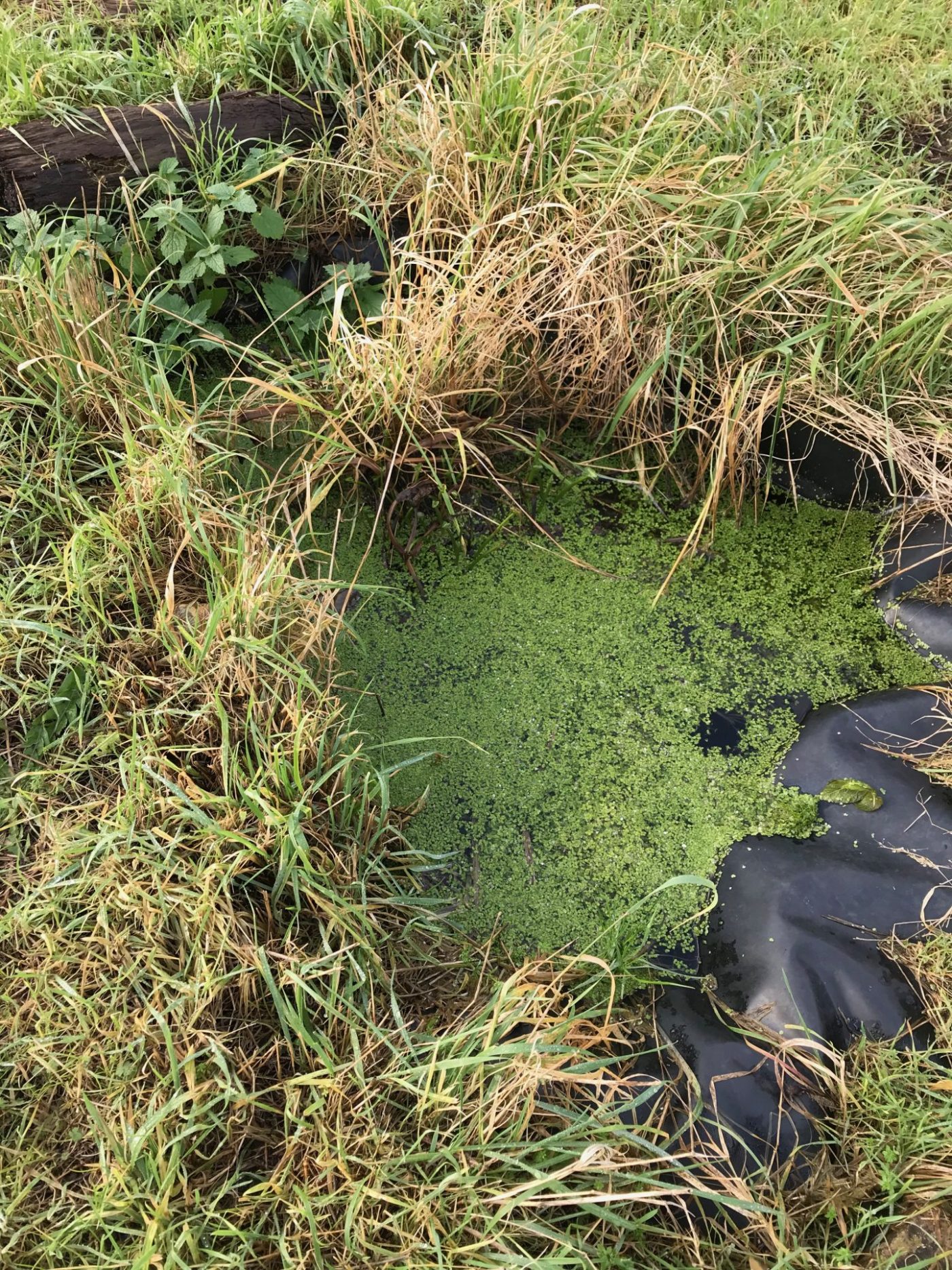
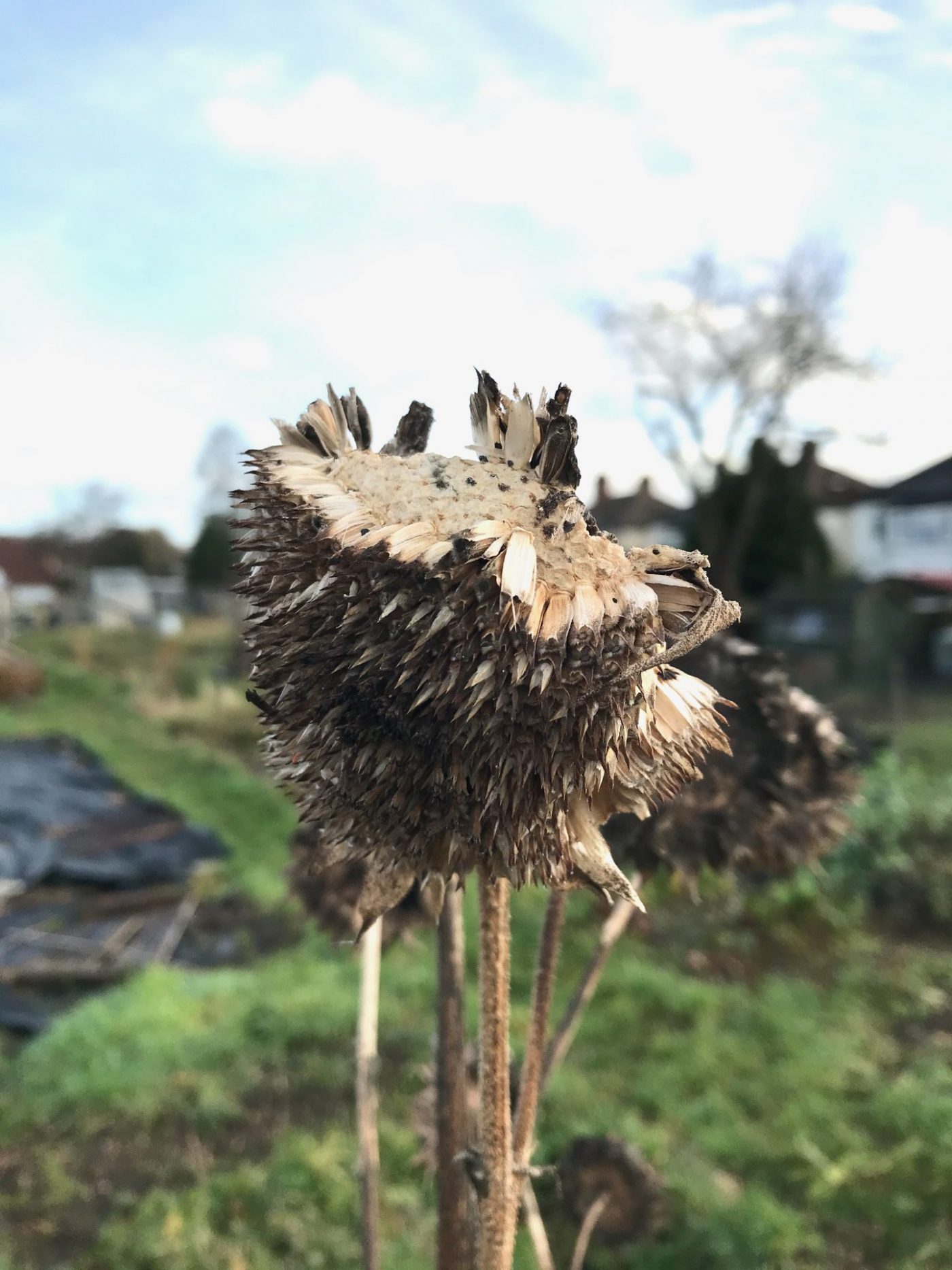



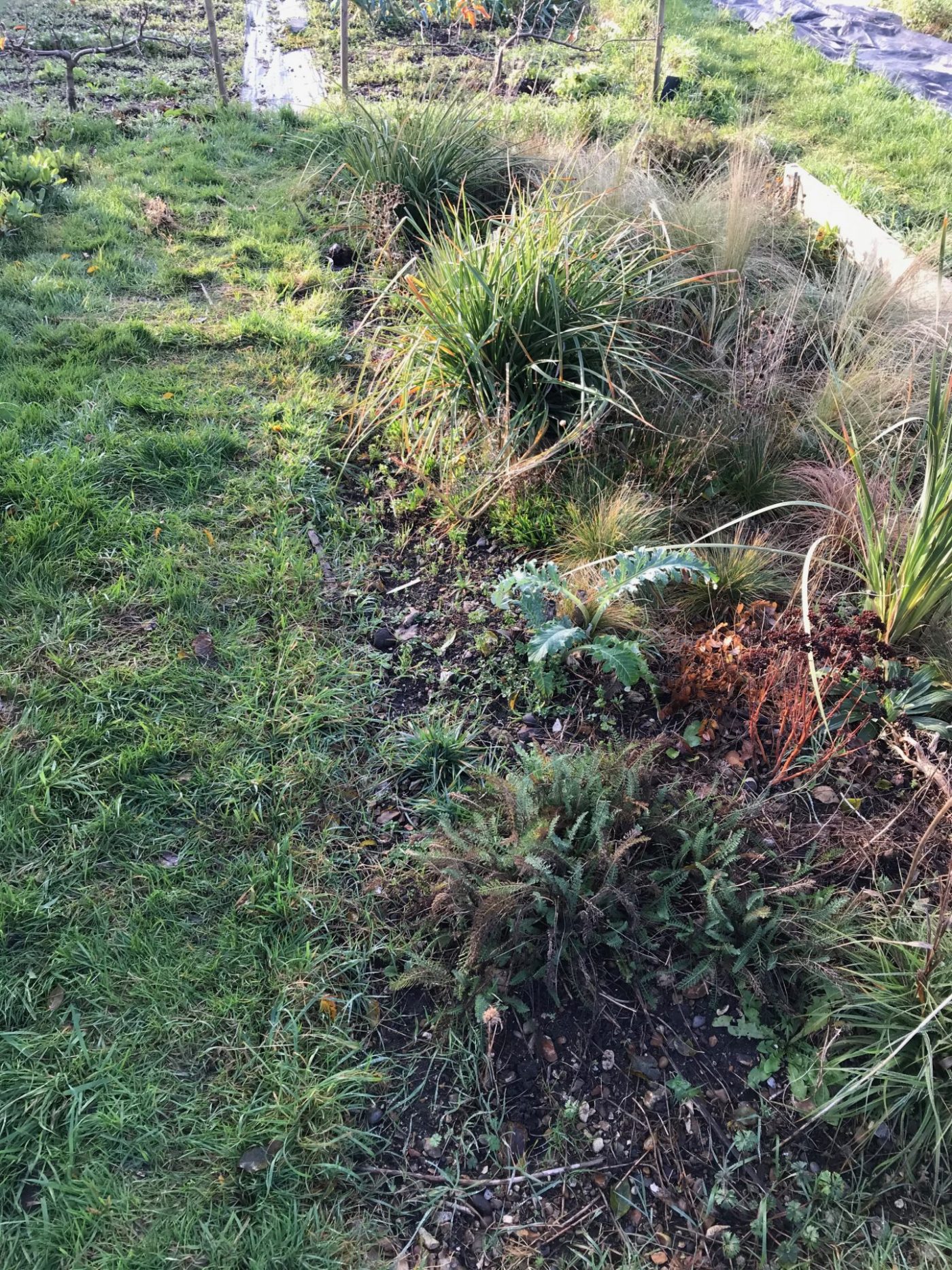
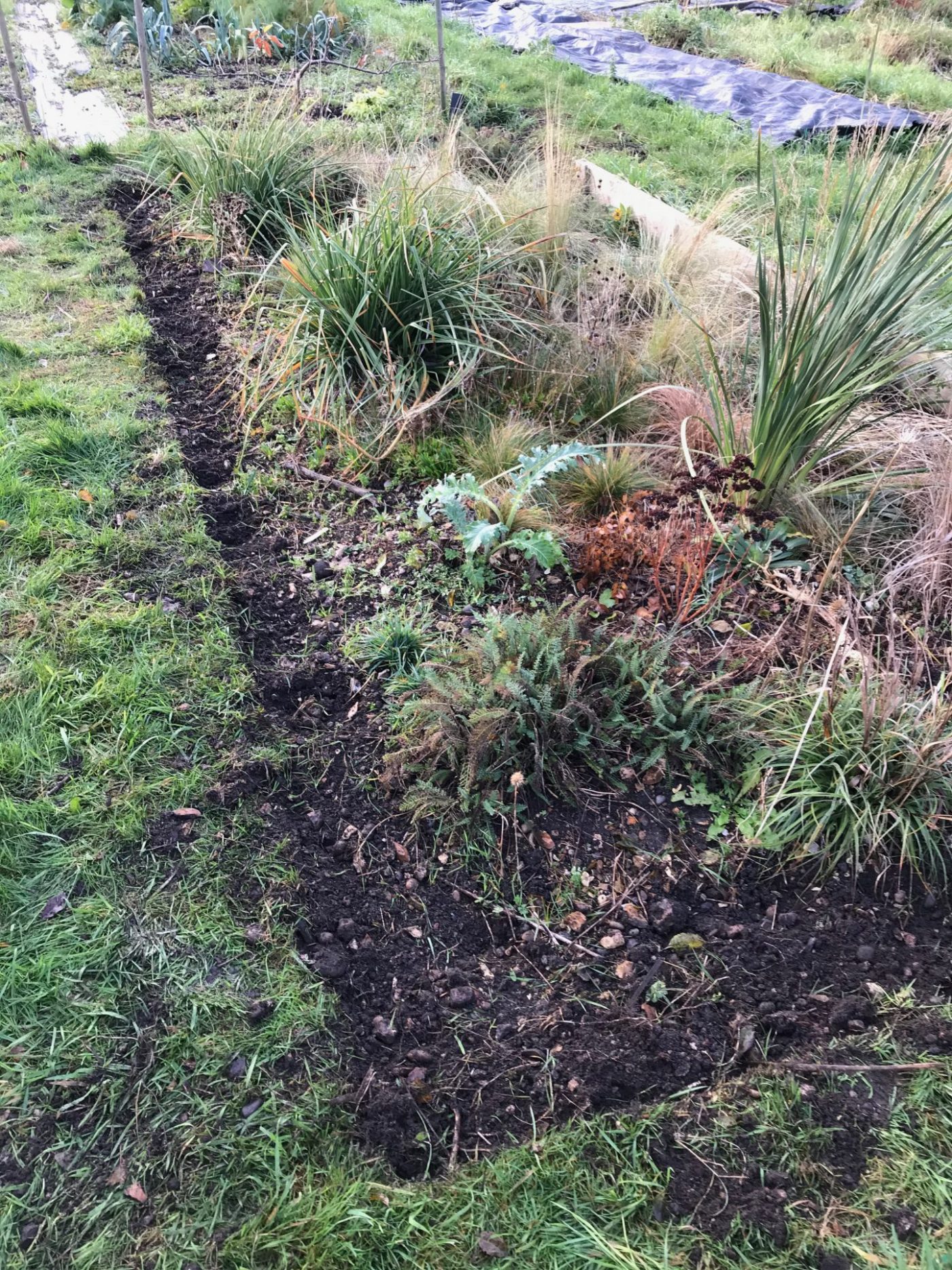
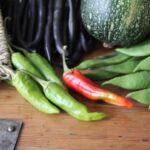
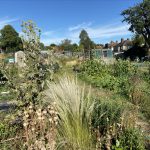
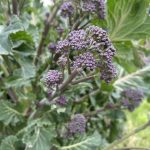

I love your allotment philosophy! I planted my broad beans on 20th November and no sign yet. I’ve read that excessive rain ( which we’ve had in Chichester) will prevent them germinating. Does this mean they won’t grow at all? I’ve only had an allotment for nine months so not v. experienced.
Hi Jan,
I haven’t heard of that one before, but potentially too much wet could make them rot in the soil before they have a chance to grow. However, I reckon you’ll be fine. Wait a little longer 🙂 If they don’t show, it’s probably more likely some mice have eaten them. In which case, try again in spring, they’ll be a little later but not by much really. Good luck! 🙂
Jack
Thank you so much Jack – Happy Christmas.